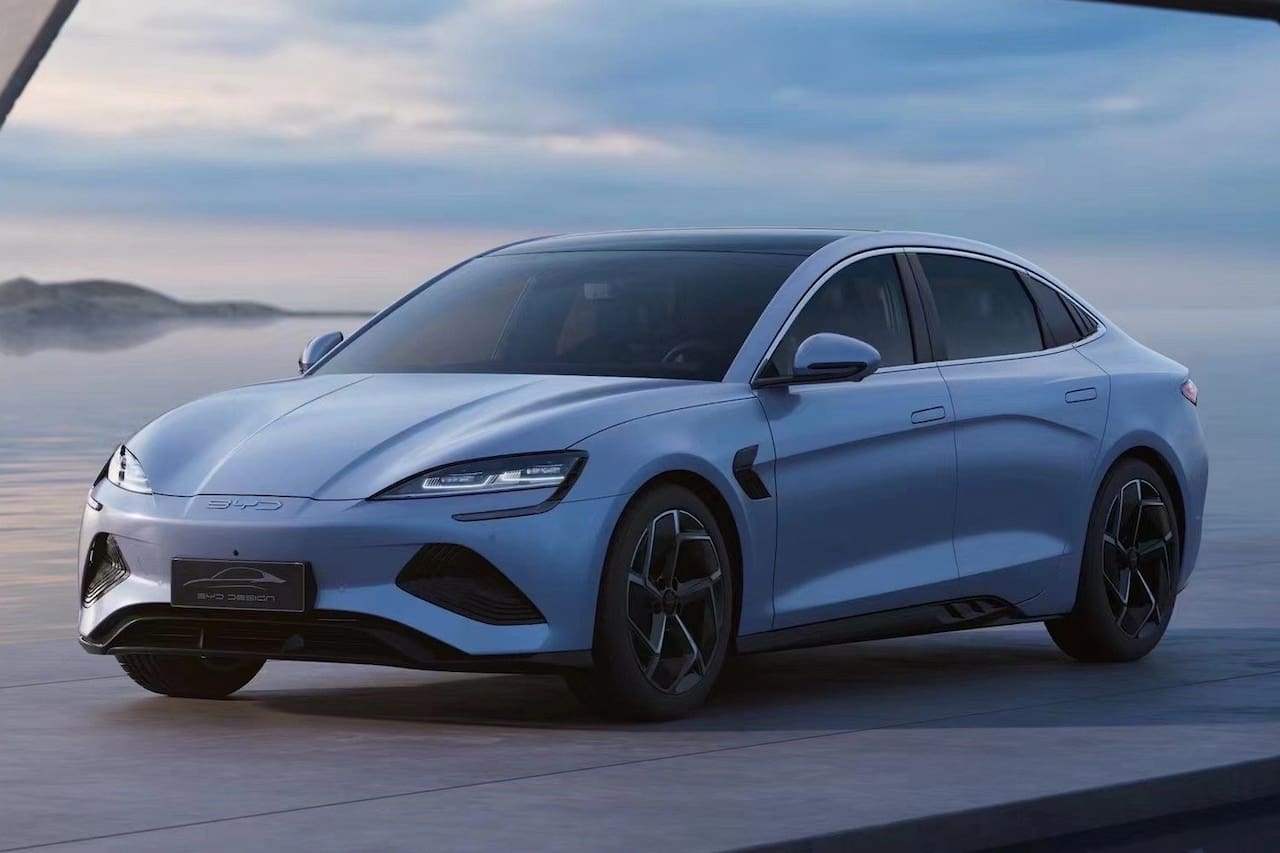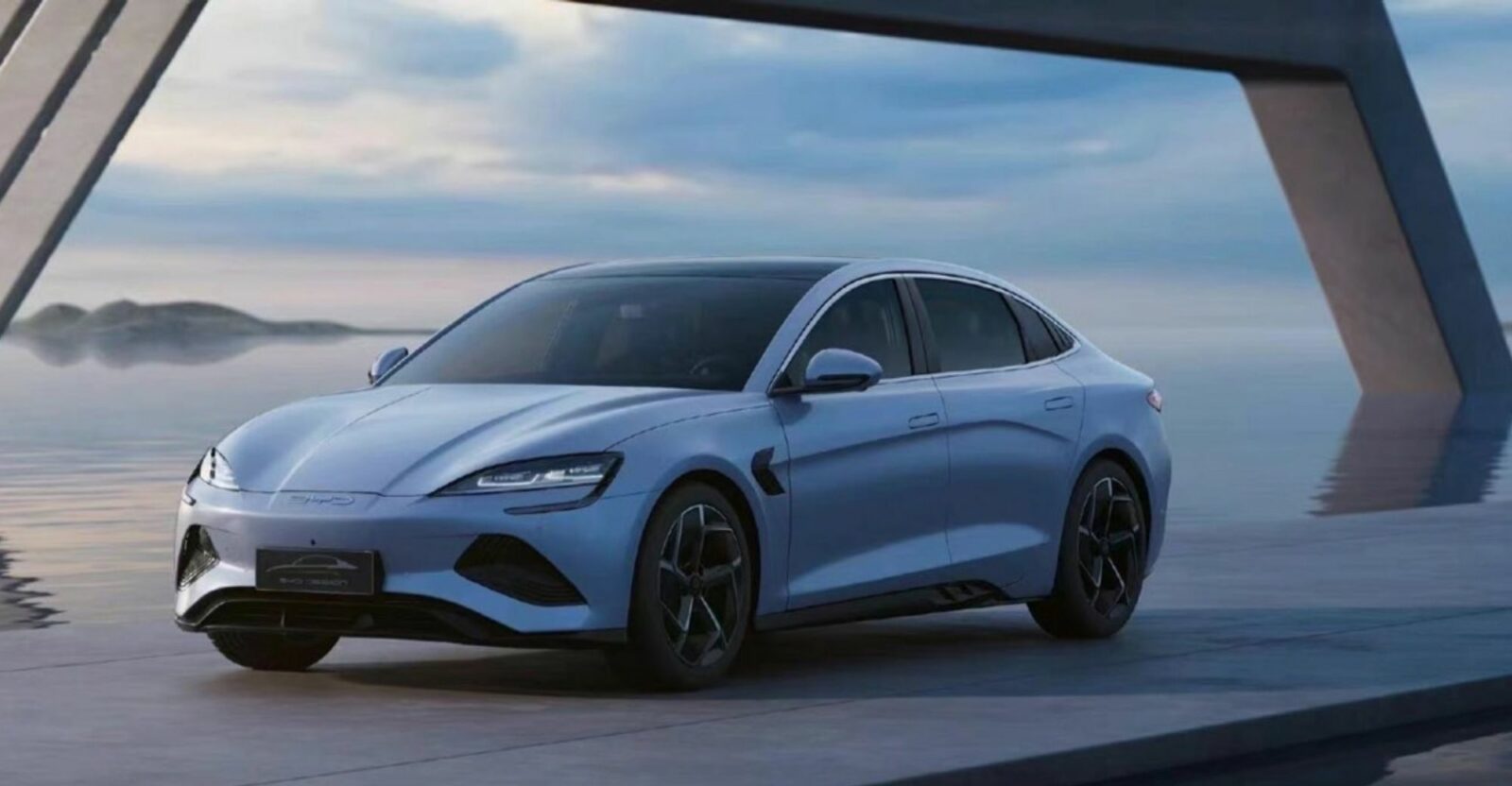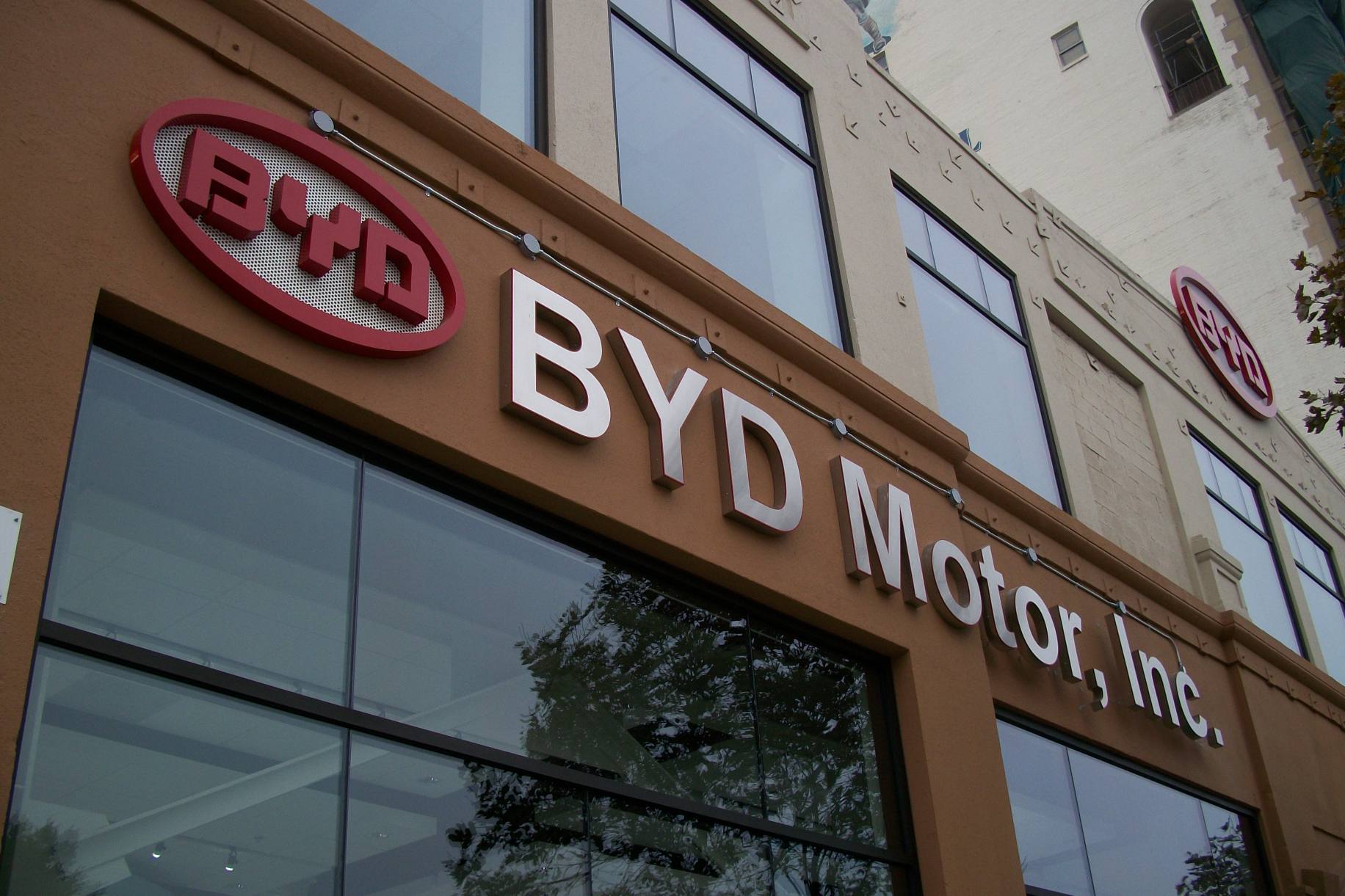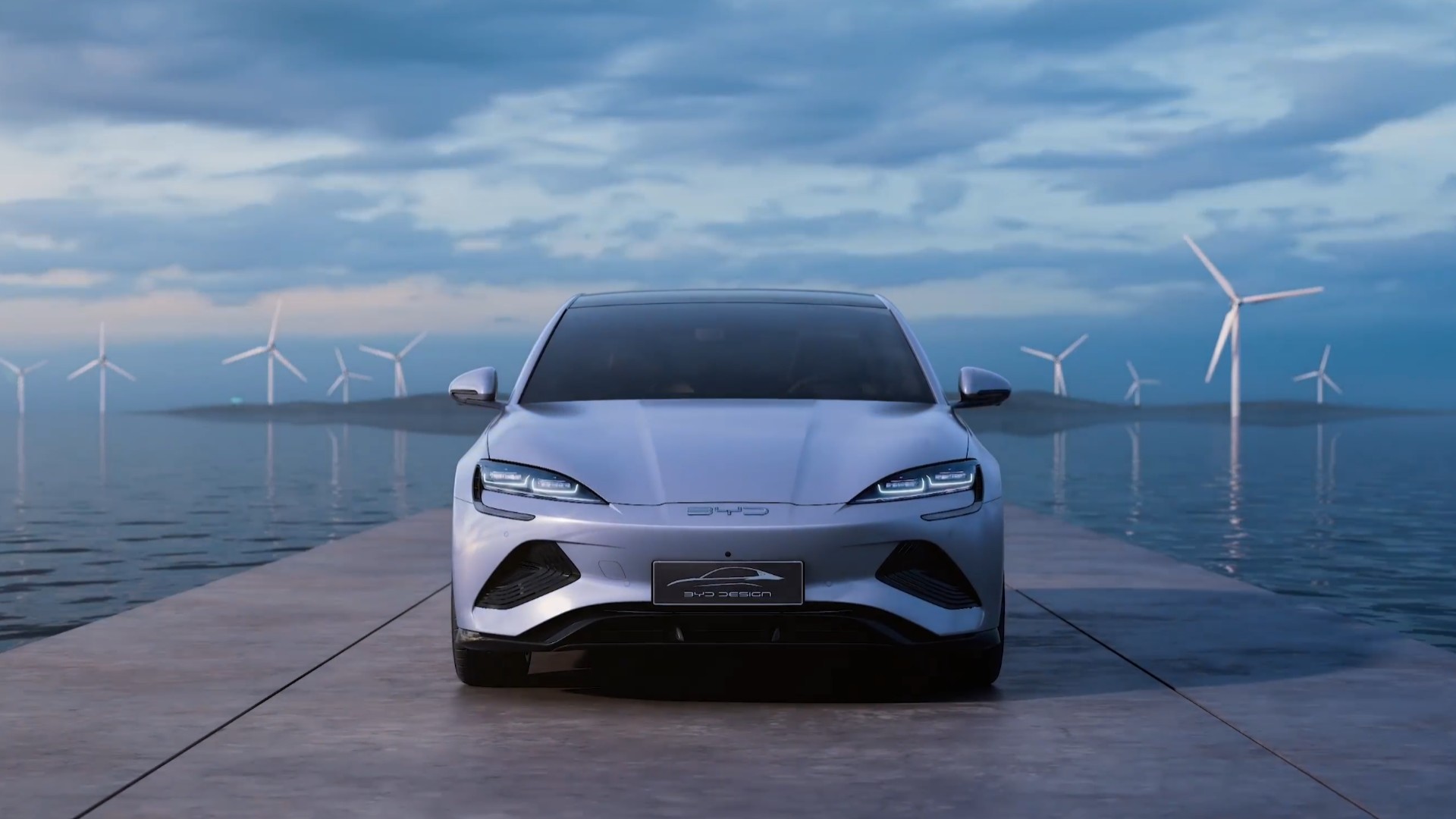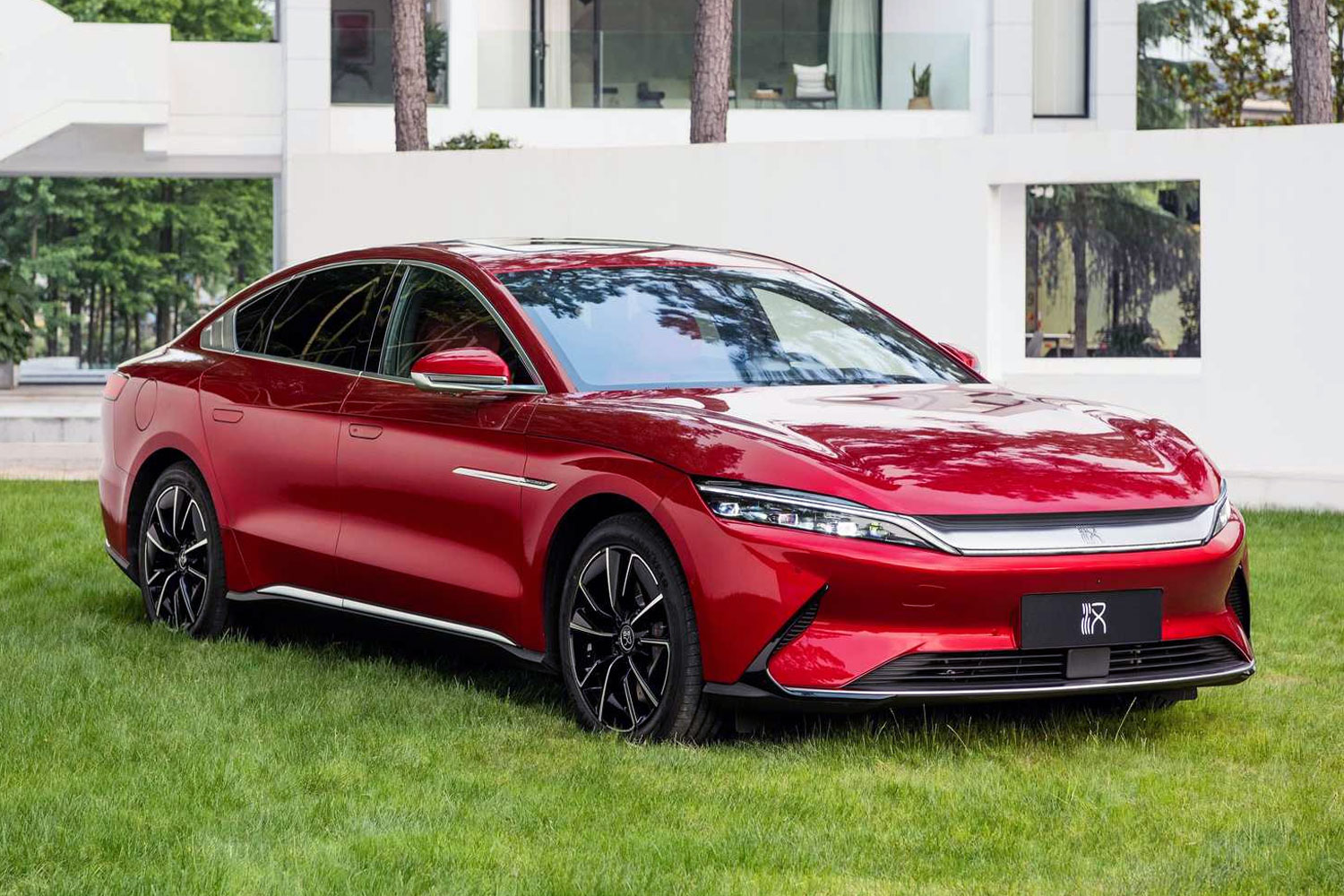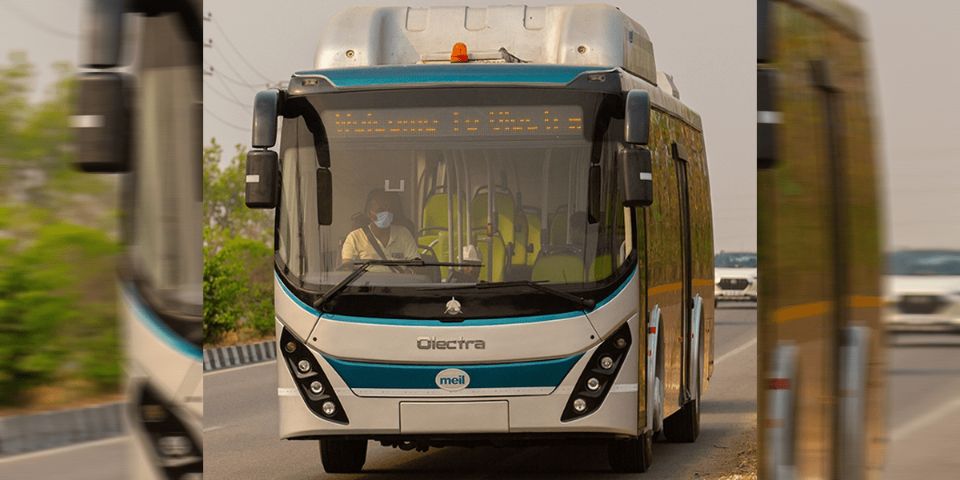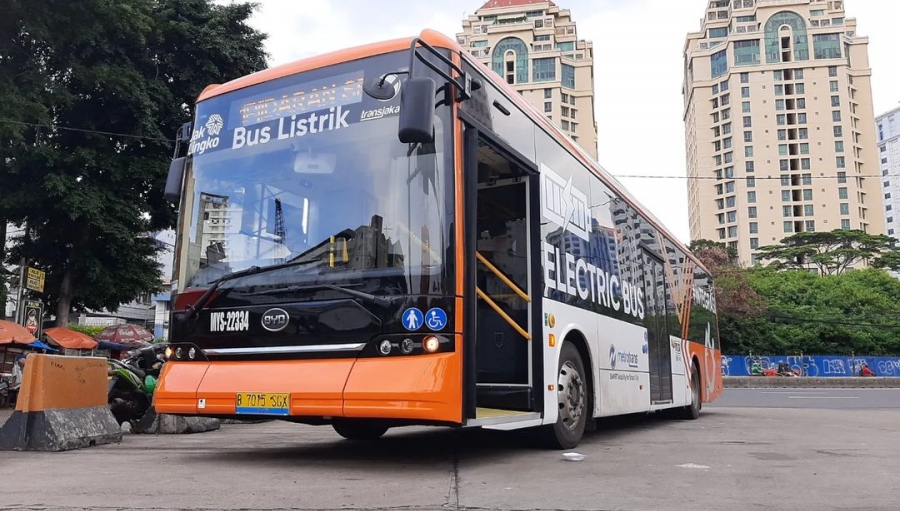BYD launched a technology called CTB (Cell To Body) last Friday. The first electric vehicle model to integrate this technology is the BYD Seal electric sedan.
CTB technology allows the battery to be integrated into the vehicle body itself. Previously, most electric vehicles used CTP (Cell To Pack) technology, that is, the battery cells were directly integrated into the battery pack.
CTP technology has been used in Tesla’s Model 3 and Model Y, XPeng P7 and other models in the last two years.
The CTB technology allows the sandwich structure originally used for the battery to be used throughout the vehicle, with the top cover of the battery pack forming the floor of the vehicle body.
With the use of the CTB there will be a 100 percent increase in torsional rigidity of the body over conventional designs and over 40,000 Nm/°.
At Friday’s conference, BYD’s CTB blade battery pack underwent an extreme test by placing a 50-ton truck on top of the unit. As a result, the battery hardly shows any damage.
The BYD Seal, which uses CTB technology, started its pre-sale last Friday. The BYD Seal has a range of 550 km to 700 km and is priced between 212,800 yuan to 289,800 yuan ($31,877 – $43,412).
The BYD Seal provides three power combinations and two driving modes. The standard rear-wheel drive version is equipped with a 150kW motor, 61.4 kWh battery and a range of 550 km. The four-wheel drive performance version has an output power of 390kW, an 82.5 kWh battery and a range of 650 km. The long-range rear-wheel drive version is also equipped with an 82.5 kWh battery, and a range of 700 km.
The BYD Seal measures 4,800 mm x 1,875 mm x 1,460 mm, and has a wheelbase of 2,920 mm. A fifteen-minute charge adds 300 km of range.

